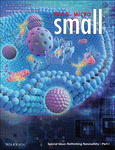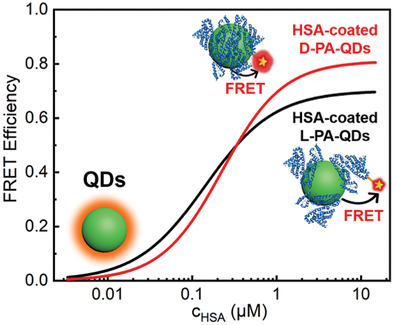Journal list menu
Export Citations
Download PDFs
Cover Picture
Metal-Based Nanoparticles: Mechanistic Differences in Cell Death Responses to Metal-Based Engineered Nanomaterials in Kupffer Cells and Hepatocytes (Small 21/2020)
- First Published: 28 May 2020
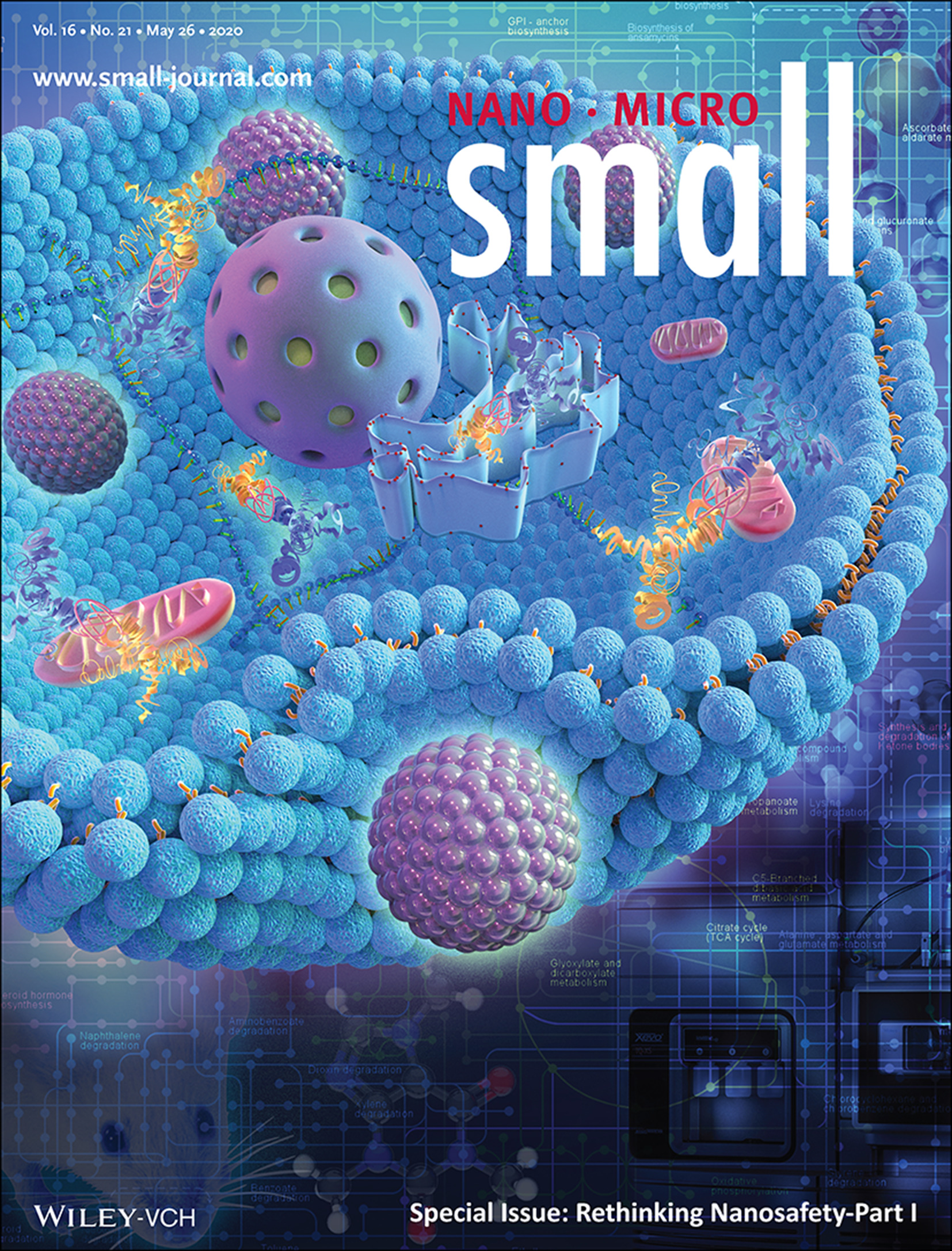
In article number 2000528, André E. Nel, Tian Xia, and co-workers show how metal-based nanoparticles are taken up by liver cells including Kupffer cells and hepatocytes, where they induce tiered oxidative stress responses including mitochondrial reactive oxygen species generation, glutathione depletion, expression of phase II enzymes such as HO-1, production of pro-inflammatory cytokines including IL-1β and TNF-α, and cell death via different mechanisms including apoptosis (Ag, CuO, ZnO, V2O5) and pyroptosis (fumed SiO2).
Inside Front Cover
Nanoparticle Interactions: Mass Cytometry and Single-Cell RNA-seq Profiling of the Heterogeneity in Human Peripheral Blood Mononuclear Cells Interacting with Silver Nanoparticles (Small 21/2020)
- First Published: 28 May 2020
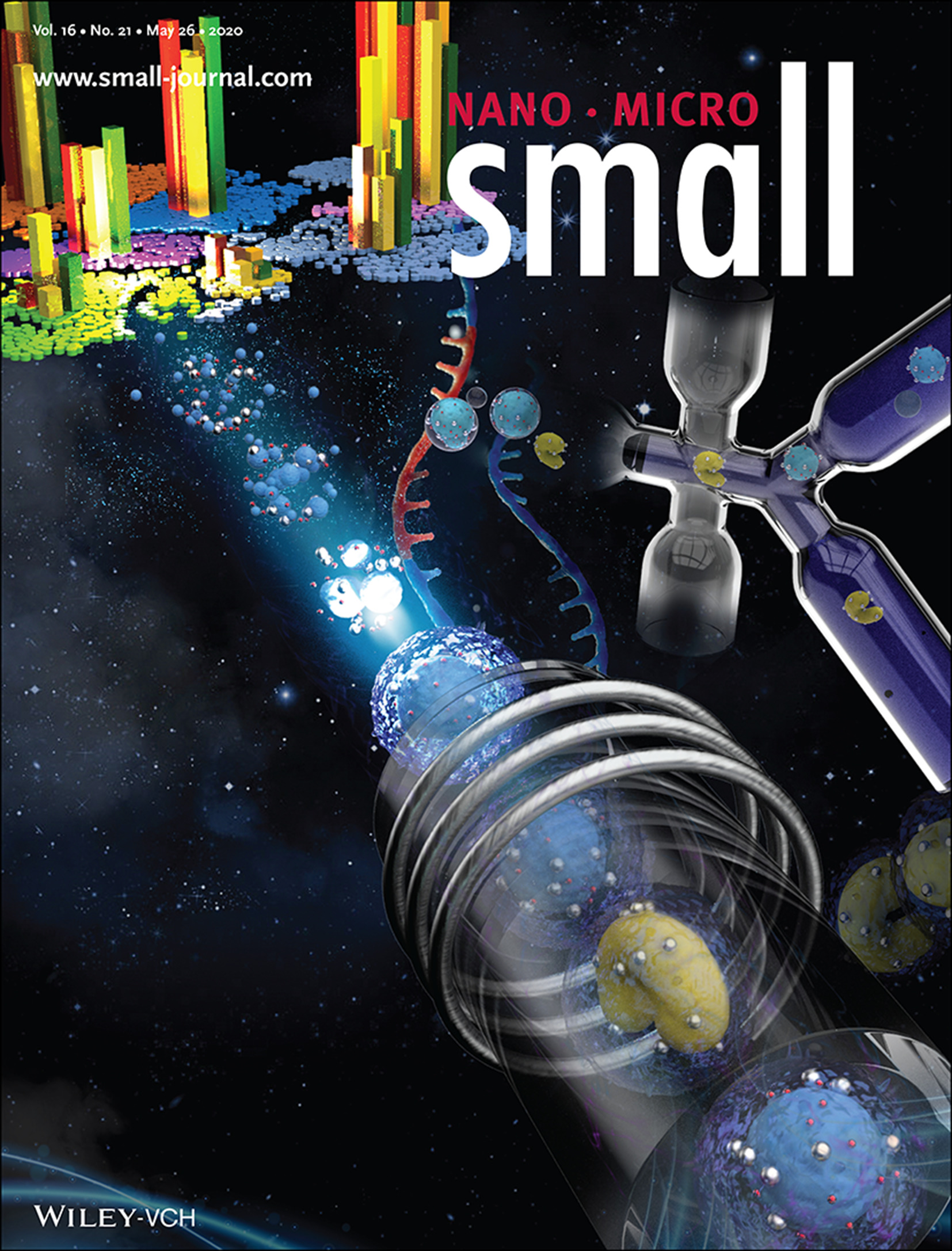
In article number 1907674, Tae Hyun Yoon and co-workers report complementary use of single-cell based mass cytometry and RNA-seq techniques for the analysis of the heterogeneous interaction between nanoparticles and human immune cells at a single-cell level, via the identification of various immune cell types, quantification of cell-associated nanoparticles, and observation of the changes in transcriptomic profiles and signaling protein expressions.
Inside Back Cover
Single-Cell Analysis: Toward High-Dimensional Single-Cell Analysis of Graphene Oxide Biological Impact: Tracking on Immune Cells by Single-Cell Mass Cytometry (Small 21/2020)
- First Published: 28 May 2020
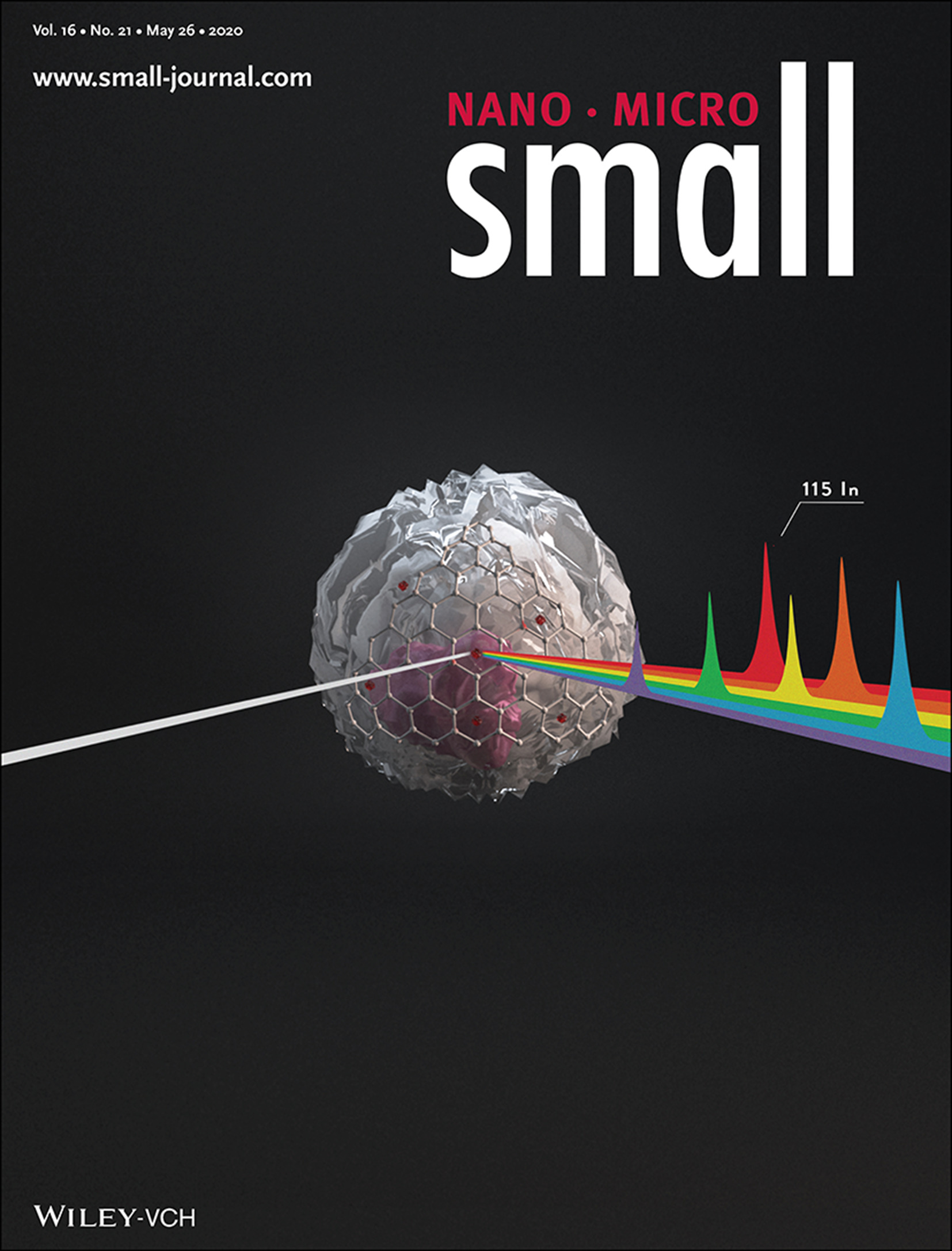
The cover, inspired by a famous album cover by Pink Floyd, represents the transformation of the “dark” undetected signal side of graphene into a visible signal, thanks to a specific functionalization with ZnS-doped AgInS2 nanocrystals, allowing its tracking on the complex mix of human peripheral blood mononuclear cells at the single cell level, as presented in article number 2000123, by Davide Bedognetti, Alberto Bianco, Lucia Gemma Delogu, and co-workers. The authors thank Fabio Del Regno for the cover design. Image credit: Davide Bedognetti, Lucia Gemma Delogu, and Fabio Del Regno.
Back Cover
Nano-Photocatalysts: Environmental Hazard Potential of Nano-Photocatalysts Determined by Nano-Bio Interactions and Exposure Conditions (Small 21/2020)
- First Published: 28 May 2020
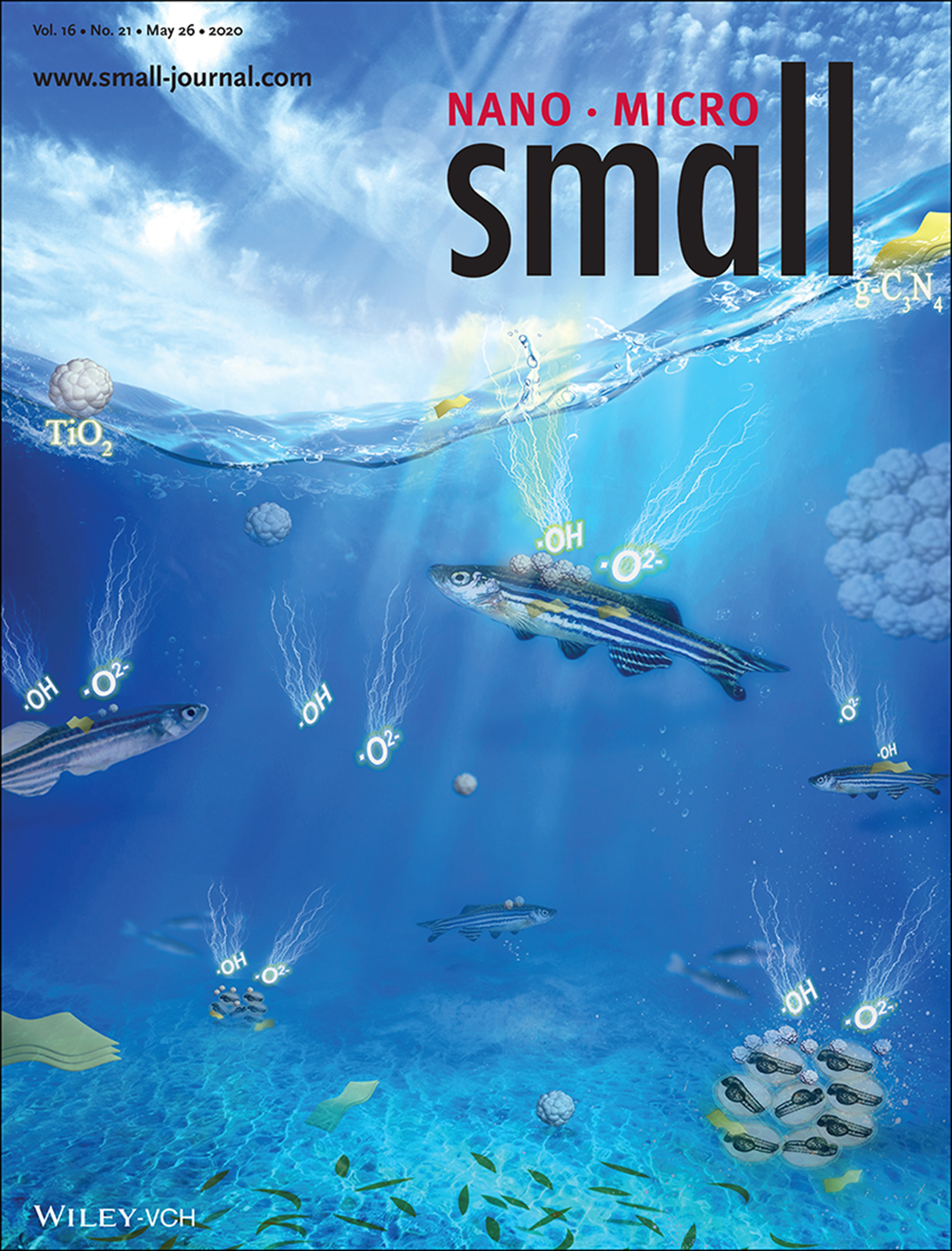
In article number 1907690, Sijie Lin and co-workers investigate the environmental hazard potential of nano-photocatalysts, TiO2 and g-C3N4 using the model organism zebrafish. With light irradiation, nano-photocatalysts produce detrimental reactive oxygen species that would only exert adverse effects upon close nano-bio interactions. The toxicity outcome is greatly influenced by light energy, water depth and the concentrations of natural organic matter.
Masthead
Editorial
Rethinking Nanosafety: Harnessing Progress and Driving Innovation
- First Published: 28 May 2020
Reviews
The Nano–Intestine Interaction: Understanding the Location-Oriented Effects of Engineered Nanomaterials in the Intestine
- First Published: 29 April 2020
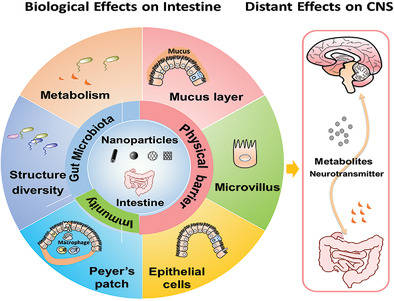
The location-oriented effects of engineered nanomaterials on the intestine and distant central nervous system are summarized. After entering the gut lumen, nanomaterials can interact with the mucus layer, intestinal epithelial cells, immunes cells, and gut microbiota. In addition, nanomaterials or intermediates produced by the nano–intestine interaction can further act on the central nervous system.
All Roads Lead to the Liver: Metal Nanoparticles and Their Implications for Liver Health
- First Published: 12 March 2020
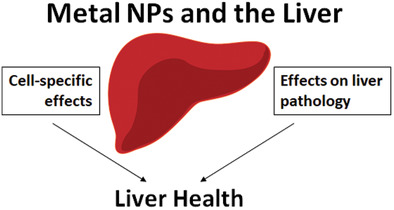
Metal nanoparticles naturally collect in the liver, which is commonly considered detrimental for hepatic health. However, certain forms can elicit strong biological effects that may provide a therapeutic benefit. The interaction between nanoparticles, hepatic cell type, and/or liver pathology determines the outcome of nanoparticle presence, and suggests important considerations for liver health and nanosafety.
Acute Phase Response as a Biological Mechanism-of-Action of (Nano)particle-Induced Cardiovascular Disease
- First Published: 29 March 2020

Cardiovascular disease is an important contributor to particle-induced diseases. Inhalation of (nano)particles induces acute phase response, a known risk factor for cardiovascular disease. New evidence is reviewed, showing causal relationships between inhalation of particle and nanomaterials, induction of acute phase response and risk of cardiovascular disease. Particle-induced acute phase response provides a means for risk assessment of particle-induced cardiovascular disease.
When Would Immunologists Consider a Nanomaterial to be Safe? Recommendations for Planning Studies on Nanosafety
- First Published: 02 April 2020
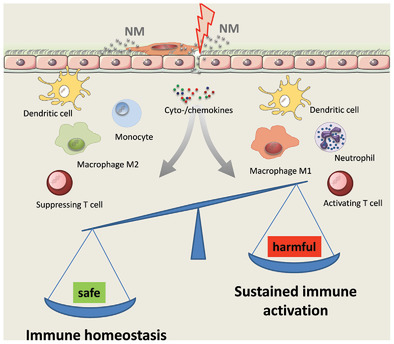
When markers of acute inflammation or cell stress are observed in the presence of nanomaterials, immunological assays are necessary to distinguish between homeostatic fluctuation and genuine defensive or tolerogenic responses. Meaningful data require exclusion of endotoxin contamination, a dose corresponding to that reaching cells in the body, and, if necessary, functional tests.
Addressing Nanomaterial Immunosafety by Evaluating Innate Immunity across Living Species
- First Published: 04 May 2020
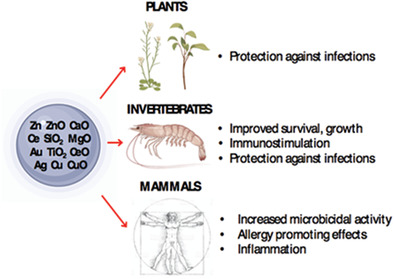
When confronted with engineered nanomaterials, living organisms from plants to human beings rely on their immune defensive system for keeping at large any possible danger. Many defensive responses are common across evolution. In many instances, the interaction leads to successful elimination, while in a minority of cases, the reaction may lead to pathological consequences.
Frontispiece
Nanomaterial Transformation: Nanomaterial Transformation in the Soil–Plant System: Implications for Food Safety and Application in Agriculture (Small 21/2020)
- First Published: 28 May 2020
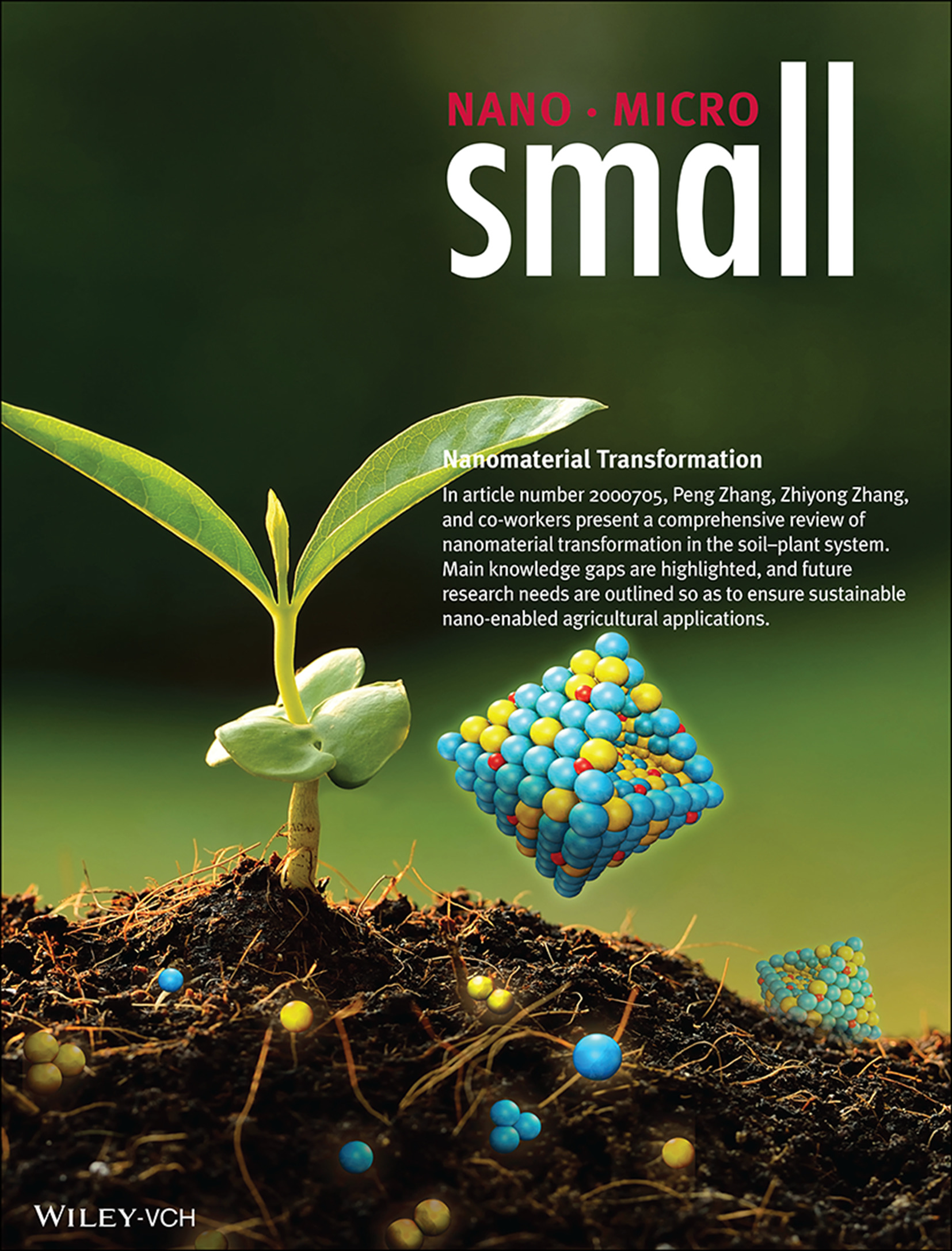
In article number 2000705, Peng Zhang, Zhiyong Zhang, and co-workers present a comprehensive review of nanomaterial transformation in the soil–plant system. Main knowledge gaps are highlighted, and future research needs are outlined so as to ensure sustainable nano-enabled agricultural applications.
Reviews
Nanomaterial Transformation in the Soil–Plant System: Implications for Food Safety and Application in Agriculture
- First Published: 27 April 2020
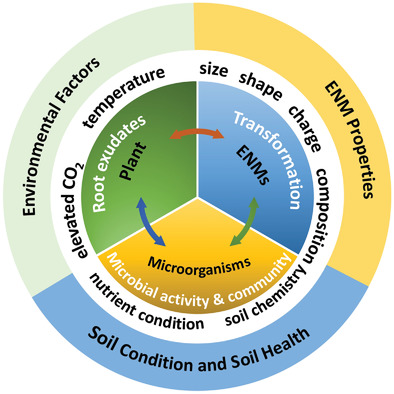
Transformation of engineered nanomaterials (ENMs) determines their environmental fate and impacts. Several essential questions including the drivers and locations of ENM transformation in the soil–plant system and the effects of ENMs transformation on their uptake, translocation, and toxicity are discussed. The main knowledge gaps in this area are highlighted and future research needs are outlined so as to ensure sustainable nanoenabled agricultural applications.
Continued Efforts on Nanomaterial-Environmental Health and Safety Is Critical to Maintain Sustainable Growth of Nanoindustry
- First Published: 27 April 2020
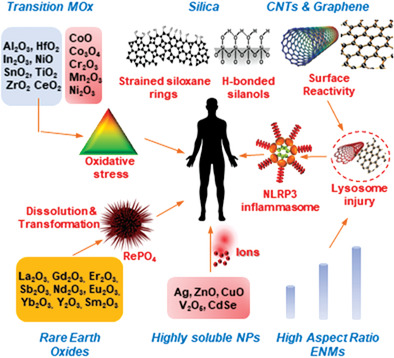
Nanotechnology is enjoying an impressive growth. However, the US Food and Drug Administration found superparamagnetic iron oxide nanoparticles could induce lethal anaphylaxis. The European Union will categorize TiO2 as a category 2 carcinogen and France banned use of TiO2 in food. Since the growth could be hindered for the lack of certainty, more research is needed to be done on the environmental health and safety aspect of nanotechnology for the sustainable growth of nanoindustries.
Communications
In Situ Investigation on the Protein Corona Formation of Quantum Dots by Using Fluorescence Resonance Energy Transfer
- First Published: 12 March 2020
Environmental Hazard Potential of Nano-Photocatalysts Determined by Nano-Bio Interactions and Exposure Conditions
- First Published: 19 March 2020
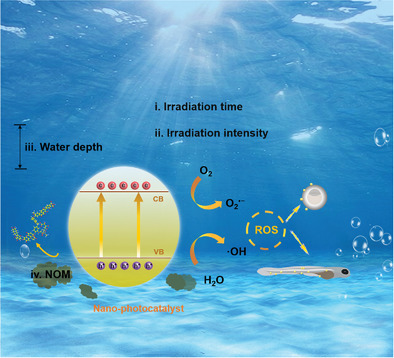
The environmental hazard potential of nano-photocatalysts is assessed using TiO2 and g-C3N4 as representative materials. Light-activated reactive oxygen species generation and nano-bio interactions with zebrafish determine the extent of toxicity. The toxicity outcome is also greatly influenced by irradiation time, intensity, water depth, and natural organic matters.
A Murine Oral-Exposure Model for Nano- and Micro-Particulates: Demonstrating Human Relevance with Food-Grade Titanium Dioxide
- First Published: 04 May 2020
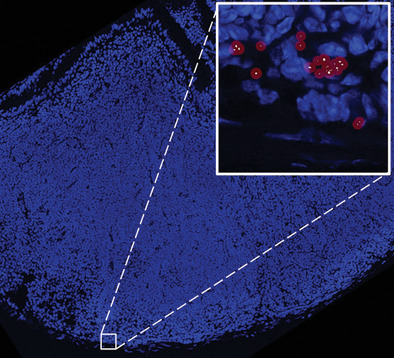
Gastrointestinal exposure to persistent particles is continuous for humans but the risks unknown. Rodents are often used to assess human safety but existing techniques poorly reflect real-world oral exposures to particles. Here, a generalizable approach is presented, for delivery of dietary particles to intestinal rodent cells in the exact same manner as in humans, and exemplified with food-additive titanium dioxide.
Low-Dose Silver Nanoparticle Surface Chemistry and Temporal Effects on Gene Expression in Human Liver Cells
- First Published: 29 March 2020
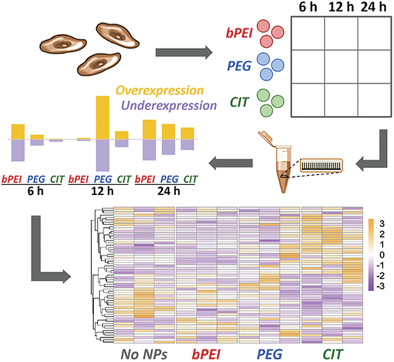
Low-level nanomaterial exposure studies represent probable exposure scenarios for typical consumers. In HepG2 cells, low-dose response to silver nanoparticles reveals that gene transcription is dependent upon both time of exposure and nanoparticle surface chemistry. Features universal to all tested silver nanoparticles are also identified. An application is provided for complete user interrogation of the data.
Inflammation Increases Susceptibility of Human Small Airway Epithelial Cells to Pneumonic Nanotoxicity
- First Published: 27 April 2020
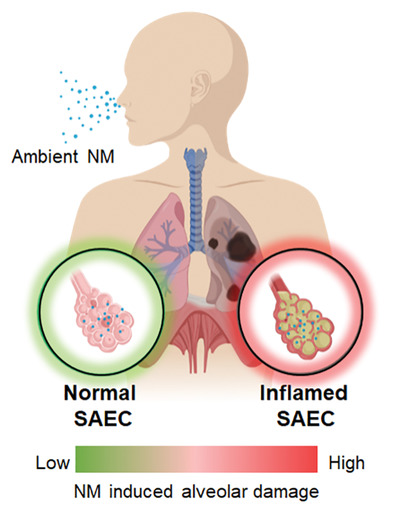
Primary human small airway epithelial cells in their inflamed state are more susceptible to the cytotoxic effects of ambient anthropogenic nanomaterials exposure (i.e., CuO, ZnO, mild steel welding fume, and nanofractions of copier center particles). An inflamed milieu induces a higher basal level of intracellular reactive oxygen species level and desensitizes the nuclear factor erythroid 2-related factor 2-mediated cytoprotective signaling pathways.
Toward High-Dimensional Single-Cell Analysis of Graphene Oxide Biological Impact: Tracking on Immune Cells by Single-Cell Mass Cytometry
- First Published: 27 April 2020
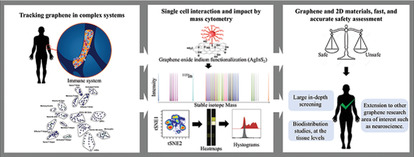
The study of the underlying immune system functional responses to graphene oxide at a high-dimensional single-cell level is unrestricted by the inherent mass limitation of carbon-based nanomaterials in single-cell mass cytometry. This work provides an approach that can able to track graphene oxide interaction with the complexity of the immune system.
Full Papers
Safety-by-Design of Metal Oxide Nanoparticles Based on the Regulation of their Energy Edges
- First Published: 18 March 2020
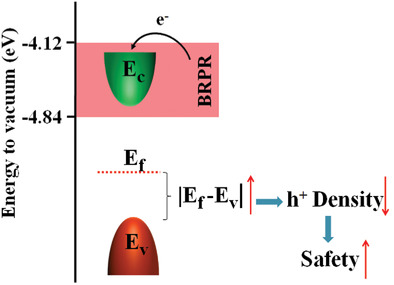
Various transition metals are doped into Mn3O4 NPs, aiming at tuning their Ef far away from Ev and significantly reducing their toxicity. Zn-doped Mn3O4 NPs display the largest energy difference between Ef and Ev, and simultaneously exhibit the low ROS generation ability and weak in vitro and in vivo oxidative injury.
Synthesis and Physicochemical Transformations of Size-Sorted Graphene Oxide during Simulated Digestion and Its Toxicological Assessment against an In Vitro Model of the Human Intestinal Epithelium
- First Published: 20 March 2020
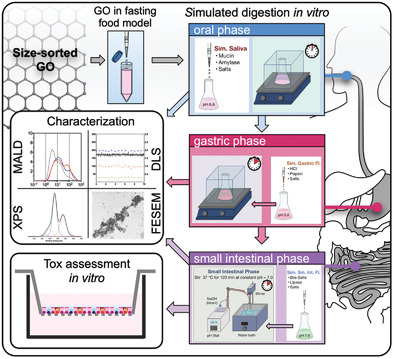
Simulated digestion of graphene oxide promotes its agglomeration in the gastrointestinal tract, allows it to sequester digestive enzymes, and leads to its chemical reduction. Subsequent exposure of a tri-culture human intestinal epithelium model to small intestinal digesta of graphene oxide shows that the digested material can significantly increase intracellular production of reactive oxygen species at both micrometer- and sub-micrometer lateral sizes.
Chemical and Colloidal Dynamics of MnO2 Nanosheets in Biological Media Relevant for Nanosafety Assessment
- First Published: 19 March 2020
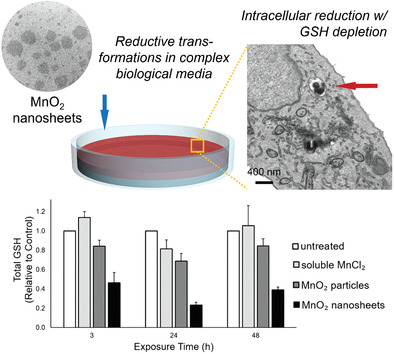
Manganese dioxide (MnO2) nanosheets undergo complex reductive dissolution in the presence of diverse biomolecular reducing agents. When dissolution in cell culture media is slow, intact nanosheets can enter cells, where they can deplete intracellular glutathione and induce cytotoxicity through intracellular Mn2+ release. The results are used to classify MnO2 nanosheets within a new biopersistence-based hazard screening framework for 2D materials.
Zeta-Potential Read-Across Model Utilizing Nanodescriptors Extracted via the NanoXtract Image Analysis Tool Available on the Enalos Nanoinformatics Cloud Platform
- First Published: 16 March 2020
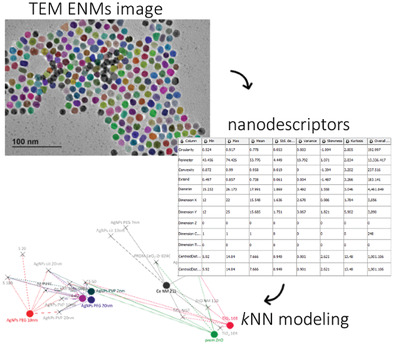
Enrichment of experimental nanosafety data with computational data is the next frontier of nanosafety. Here, an automated tool for extraction of 18 image nanodescriptors, and their utilization to build a predictive model based on grouping and read-across from nearest neighbors is presented as part of a toolbox for in silico nanosafety.
The Food Matrix and the Gastrointestinal Fluids Alter the Features of Silver Nanoparticles
- First Published: 18 March 2020

This study fully characterizes the fate of ingested silver nanoparticles (AgNPs) in the gastrointestinal tract by using a standardized food matrix and an in vitro model of digestion. The results indicate that both food components and digestive fluids influence the properties of AgNPs and must be considered, while assessing the risk of nanomaterials.
The Nanomaterial Metabolite Corona Determined Using a Quantitative Metabolomics Approach: A Pilot Study
- First Published: 02 April 2020
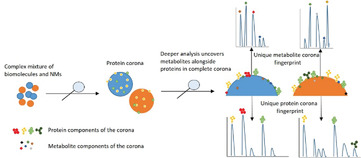
Interactions at the bio–nano interface and formation of biomolecule coronas are a hot research area in nanosafety. Focus to date has been on protein coronas; however, this study demonstrates that metabolites may also play a role in future nanosafety studies, as metabolite–nanoparticle and metabolite–protein–nanoparticle interactions may mediate NP uptake and impact on biological systems.
Carbon Nanomaterials Promote M1/M2 Macrophage Activation
- First Published: 06 April 2020
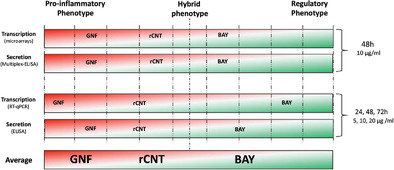
Carbon nanomaterials rCNT (long and rigid carbon nanotube), GNF (graphite nanofiber), and Baytubes (short multiwalled carbon nanotubes) induce macrophage activation toward different polarization phenotypes. Cytokine secretion and transcriptional changes, measured after several exposure times and doses, suggest pro-inflammatory activation by GNF, regulatory phenotype by Baytubes, and hybrid phenotype after rCNT exposure.
Mass Cytometry and Single-Cell RNA-seq Profiling of the Heterogeneity in Human Peripheral Blood Mononuclear Cells Interacting with Silver Nanoparticles
- First Published: 12 March 2020
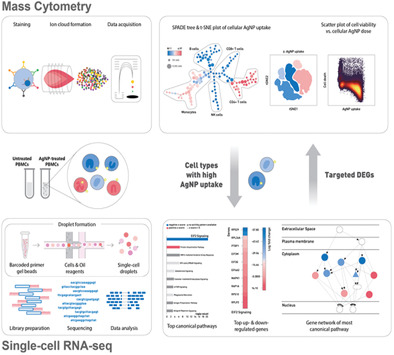
The complementary use of mass cytometry and single-cell RNA sequencing enables the analysis of the heterogeneous interaction between nanoparticles (NPs) and immune cells at a single-cell level via the simultaneous identification of various immune cell types, quantification of cell-associated NPs, as well as observation of the transcriptomic changes and signaling protein expressions of individual cells in each immune cell type.
Next-Generation Sequencing Reveals Differential Responses to Acute versus Long-Term Exposures to Graphene Oxide in Human Lung Cells
- First Published: 29 March 2020
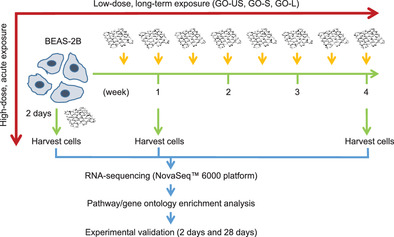
The present study addresses the impact of acute, high-dose exposure versus long-term, low-dose exposure of a human lung cell line derived from normal bronchial epithelium to graphene oxide (GO) sheets of varying lateral dimensions. Next-generation sequencing is deployed to gain insight into the molecular events pursuant to GO exposure. These studies are the first to show that acute and long-term exposure to GO elicits distinct cellular responses in lung cells.
Mechanistic Differences in Cell Death Responses to Metal-Based Engineered Nanomaterials in Kupffer Cells and Hepatocytes
- First Published: 26 April 2020
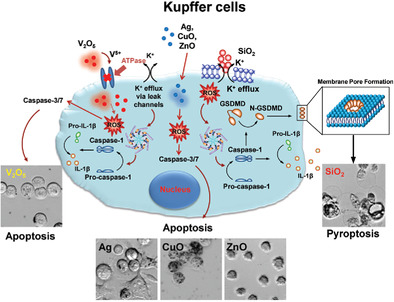
Sixteen metal-based nanoparticles are tested for cytotoxicity in Kupffer cells (KC) and hepatocytes. Ag, CuO, ZnO induce caspase 3 mediated apoptosis in both cells. However, SiO2 induces caspase 1 mediated pyroptosis in KC. Although V2O5 induces caspase 1 activation in KC, caspase 3 mediated apoptosis is induced rather than pyroptosis due to delayed caspase 1 activation by vanadium ion interference in membrane Na+/K+ adenosine triphosphate (ATP)ase activity.
Time-Resolved Quantification of Nanoparticle Uptake, Distribution, and Impact in Precision-Cut Liver Slices
- First Published: 20 February 2020
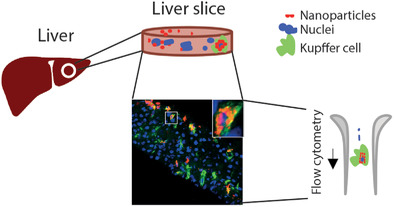
Slices of liver tissue from laboratory animals and human samples are used as an ex vivo model to study uptake, distribution and impact of carboxylated and amino-modified polystyrene nanoparticles over time. As observed in vivo, also in the liver slices, the Kupffer cells show high nanoparticle uptake efficiency. Interestingly, the Kupffer cells move within the tissue toward the slice borders.
TiO2 Nanoparticles and Commensal Bacteria Alter Mucus Layer Thickness and Composition in a Gastrointestinal Tract Model
- First Published: 27 April 2020
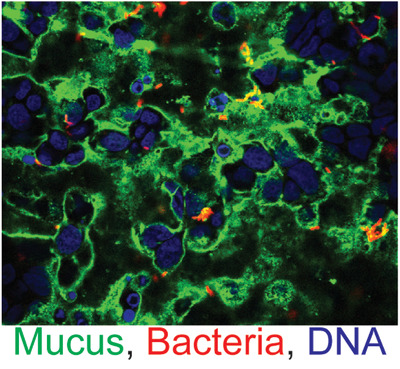
A model of the gastrointestinal tract including digestion, absorptive and mucus-producing human intestinal cells, and commensal or opportunistic bacterial strains is used to study the interaction between a commonly ingested food additive (TiO2 nanoparticles), the intestinal mucus layer, and the microbiota. Mucus quantification assays show that both bacteria and TiO2 nanoparticles affect the thickness and composition of the mucus layer.
Physical Properties of Carbon Nanomaterials and Nanoceria Affect Pathways Important to the Nodulation Competitiveness of the Symbiotic N2-Fixing Bacterium Bradyrhizobium diazoefficiens
- First Published: 03 January 2020
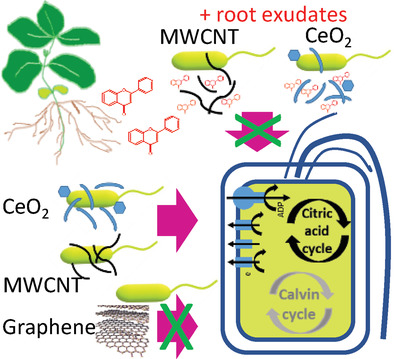
Multiwall carbon nanotubes and rod-shaped CeO2 nanoparticles, but not spherical carbon black and planar graphene nanoplatelets, induce transcriptomic effects in Bradyrhizobium diazoefficiens, thereby affecting bacterial traits crucial for establishing a symbiotic relationship with soybeans. Root exudates mitigate nanomaterial effects, but nanomaterials also suppress root exudate–induced gene expression in bacteria, suggesting that nanomaterials may interfere with plant–microbe signaling.
Nanosilver Mitigates Biofilm Formation via FapC Amyloidosis Inhibition
- First Published: 27 January 2020
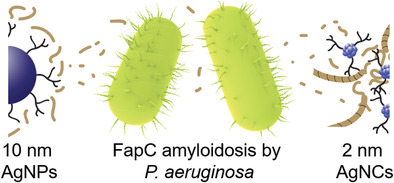
Multidrug resistance of bacteria is a global health crisis. Here, the amyloidosis of FapC, a main protein component of the extracellular network of Pseudomonas aeruginosa, is inhibited by silver nanoparticles and nanoclusters, at doses nontoxic to mammalian cells. This study points to the potential of amyloidosis inhibition with nanomaterials as a safe and facile antimicrobial strategy.
Multigenerational Exposures of Daphnia Magna to Pristine and Aged Silver Nanoparticles: Epigenetic Changes and Phenotypical Ageing Related Effects
- First Published: 27 April 2020

Environmental aging of Ag NPs, in salt-only or natural organic matter containing medium, reduces toxicological effects in both continuously exposed and recovery generations of Daphnia magna. Parental exposure to “pristine” Ag NPs causes morphological changes including tail losses and lipid accumulation associated with aging phenotypes as well as inhibiting reproduction, inducing expression of antioxidant stress related genes, and reducing survival.
Effects of Ceria Nanoparticles and CeCl3 on Plant Growth, Biological and Physiological Parameters, and Nutritional Value of Soil Grown Common Bean (Phaseolus vulgaris)
- First Published: 16 March 2020

Ceria nanoparticle (NP) treatments tend to reduced fresh weight and to increase mineral contents of the green pods, but have no effect on the organic nutrient contents. On the contrary, Ce3+ ions modify the organic compositions and thus alter the nutritional quality and flavor of the green pods. These results suggest different mechanisms involved for these two Ce forms.




